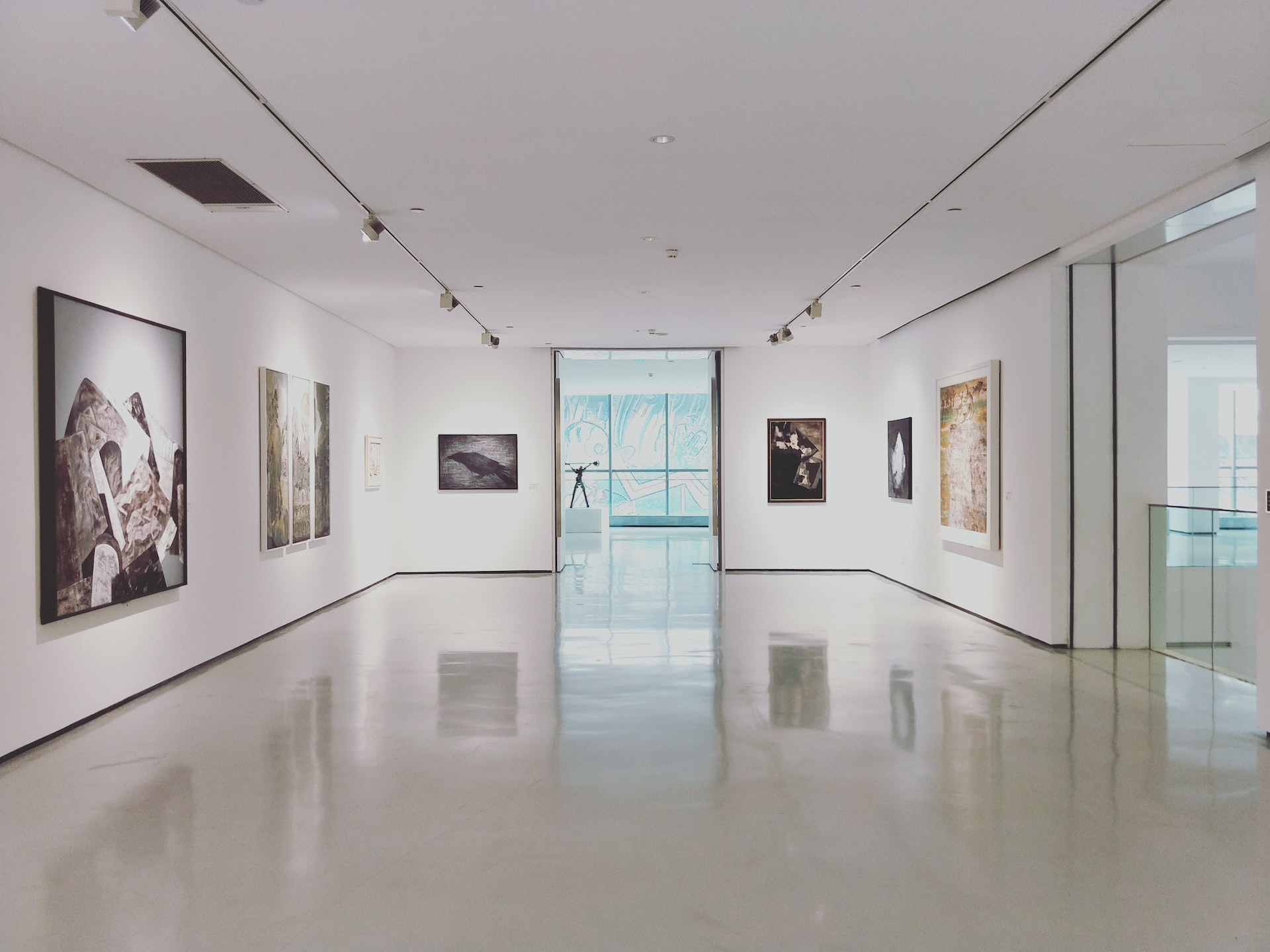
Curating an art museum is an art form in and of itself. It isn’t as simple as it may seem. Choosing the right pieces or approving the latest big thing isn’t all there is to creating an unforgettable art experience. Lighting alone is enough to drive the best of curators mad.
Everyone knows that lighting and art collide in a manner all their own. Who knows what the artist wanted the viewer to experience? Does the piece call for dark intimacy or vibrant exploration? Should your head be clear to take in every brushstroke or is the art piece meant to be felt more than viewed?
Yes, many artists today might claim that the experience another person has with their art piece is entirely up to that individual. The artist is done with the illustration the moment they are finished creating it. But what about those who passed on hundreds of years ago? What would they say? Ultimately, museum curators are left with the responsibility of combining numerous art forms and pieces into one-of-a-kind experiences that leave museum visitors begging for more.
Natural light in museums is beautiful but dangerous for displays
There is so much more to lighting in a museum than the average individual realizes. When you throw art into the mix it can be a recipe for disaster. We’ve all heard, “lighting is everything.” However, when it comes to preserving hundreds or even thousand years old artwork, clothing, or even pottery there is more to be considered.
Museums have learned the hard way that natural light in museums comes along with damaging Ultraviolet (UV) rays and Infrared (IR) rays. IR rays are responsible for heat radiation. These combined can wreak havoc on art pieces of all types. Yet, there is no single perfect solution.
Curators understand this all too well. Different rooms within the museum may require a select choice of window film. How much solar heat gain does the room experience from the sun? Often rooms facing different directions receive varying degrees of sun exposure. We’ve all experienced this. One room in an office space may be unbearably hot in the summer while the office across the hall is fine. In such cases, different solar film may be required.
Some art pieces may be susceptible to heat or light. In other words, oil paintings can crack from age or much sunlight and heat. In such scenarios, the right window film may be required to protect that art. Insurance companies often pay attention to those needs.
In contrast, metal pieces may not require the same precautions. What if there are both oil paintings and metal pieces in the same space? Will the heat or sun rays be magnified if the rays are reflected off of a metal piece and onto an oil painting? These are issues a museum curator must consider.
What Causes Fading and Damage to Museum Displays?
Knowing how to determine the right window film for any scenario is key. Every window film comes with a breakdown to these three components: U-Factor, Solar Heat Gain coefficient (SHGC) and Visible Transmittance (VT).
- U-factor is a measurement of heat conduction through a window or glass door. The range is a meager 0 to 1. Ultimately, the closer to a zero rating that your window has, the better insulating value your window has.
- Tdw-ISO is a calculation that further breaks down the effect of the entire visible spectrum. This calculation assigns a specific Damage Weighted Transmittance to each wavelength based on its contribution to fading. Because shorter wavelengths cause more fading damage than longer wavelengths, the shorter wavelengths will rate higher.
- Solar Heat Gain Coefficient is the measurement of the sun’s heat energy that passes through a glass window, door, or lobby. Again, the scale is 0 to 1. In this case, the lower the value the less heat is gained through glass.
- Visible Transmittance is the fraction of light allowed to enter through glass. Utilizing a 0 to 100% scale, the higher the VT rating the more daylight the product lets into the interior of a building or structure.
Knowing what each of these forms of measurement means and how they relate to window glass, with or without window film, can help museum curators determine the best window film for their space, as well as the varying art series that may come through their museum.
How to prevent fading of museum displays and artifacts
Fading is an issue that results from visible light (IR rays), or the shorter UV rays discussed above, and can be detrimental to the longevity of interior furnishings. It can also have a negative impact on art pieces, particularly oil paintings or vintage fashion. Window films that help prevent such damage include solar window film and heat control window film.
Ideally suited to block UV rays and solar heat gain UR rays, as well as visible light, the appropriate window films can aid any museum in protecting their treasures. Moreover, ensuring that there is enough visible light transmittance to fully view the pieces as they were meant to be experienced.
Protect the art in your museum
Determining the best possible window film to protect art, while maintaining enough light to benefit viewers, is a priority for museums. There are numerous points to consider. With varying levels of tints, as well as heat-blocking films that are also beneficial, knowing what should be used where is a bit of a science.
The good news is NGS has experienced engineers and reps on hand to help you determine your location’s current solar light and heat gain transmissions. By utilizing the latest software and technology, we can determine how your windows are currently performing for you, as well as discern the best options for varied spaces within your museum. This process utilizes software called Window and Optics from Lawrence Berkely National Laboratory.
For your complimentary museum assessment contact us today. Let’s do everything we can to protect our art for generations to come. After all, each art piece is one of a kind and irreplaceable. Not even the sun should take that away from us.
Feature image by Dannie Jing


